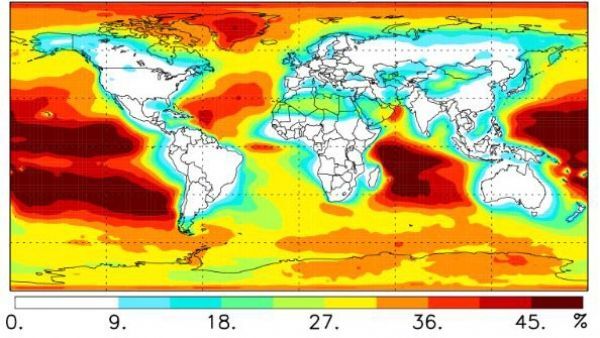Insights from experiments at Sandia National Laboratories designed to push chemical systems far from equilibrium allowed an international group of researchers to discover a new major source of formic acid over the Pacific and Indian oceans.
The discovery was published in the July 3 issue of Nature Communications and featured on the “Editors’ Highlights” webpage. The project was a collaboration among Sandia, the University of New South Wales, the University of Leeds, the University of the Pacific and the University of Minnesota.
In addition to being the smallest organic acid and an important chemical for communication among ants, formic acid is the most abundant organic acid in the global atmosphere and a major source of rainwater acidity. However, global atmospheric models significantly underpredict the amount of formic acid present in the troposphere compared to direct measurements. Because formic acid lies at the end point of hydrocarbon oxidation, this underestimate calls into question current scientific understanding of hydrocarbon degradation in the atmosphere. It is critical to understand the origin of this underprediction, because accurate predictions of air quality and of aerosol impacts on climate rely on a sound representation of atmospheric hydrocarbon chemistry. The new research highlights how nonequilibrium processes bring models closer to reality, but with an unexpected twist.
Inspired by earlier work led by Sandia researcher Craig Taatjes in combustion chemistry, Sandia physical chemist David Osborn and his colleagues hypothesized that vinyl alcohol could be a chemical precursor to the missing formic acid.
Continue reading at Sandia National Laboratories
Image via Dylan Millet, University of Minnesota


